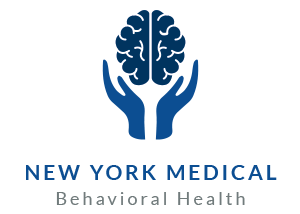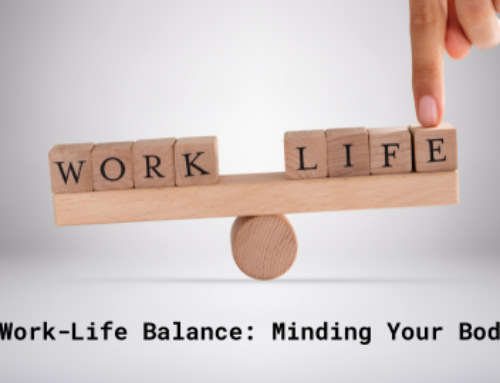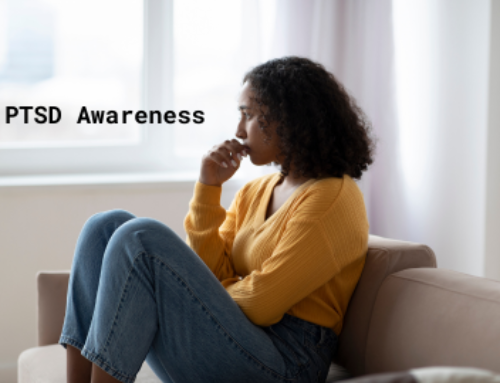Yes, We Are Open!
Rochester Holistic Psychiatry is now open for onsite transcranial magnetic therapy. Check out parts one and two of our blogs on our procedures for offering safe TMS services.
TMS therapy is practiced on the areas of the brain correlated with emotion, sensory processing, and mood regulation. We’ve covered before what happens during a TMS treatment, but what parts of the brain does TMS work on?
Realms of the Mind
According to Dr. Sarina Iwabuchi of the University of Nottingham, regarding her and her team’s research on TMS, “We found that one session of TMS modifies the connectivity of large-scale brain networks, particularly the right anterior insula, which is a key area in depression. We also found that TMS alters concentrations of neurotransmitters, such as GABA, which are considered important for the development of depression.” What are these parts of the brain, and why does TMS affect them?
Cerebral Cortex
In general, a cortex is the outer layer of a body part, like the renal cortex covering the kidneys. The cerebral cortex covers the brain’s cerebrum, the largest part of the brain. The cerebral cortex is the folded gray matter you see first when you look at a human brain.
Prefrontal Cortex
The prefrontal cortex is part of the cerebral cortex and covers a portion of the frontal lobe. The frontal lobe is involved with some of the most important parts of human psychological expression, like developing one’s personality, exercising judgment, and adapting to social norms.
Dorsolateral Prefrontal Cortex
The dorsolateral prefrontal cortex is a portion of the prefrontal cortex that is instrumental in forming emotional responses to stimuli. This part of the brain also influences our ability to make quick judgments that can translate into physical movements, like standing up a little taller when we’re angry.
Right Anterior Insula
The right anterior insula is inside a deep fold in the side of the cerebral cortex. The insula helps parts of the body communicate with each other. It also influences complex emotions, one’s sense of self, and may even be connected to combining emotions with sensory associations (research is ongoing). For example, associating the smell of garlic with Grandma’s house and feeling good because of it.
Neurotransmitters
Neurotransmitters are the messages the brain sends to itself; chemical compounds that are released by nerve fibers when they receive an impulse. Once a nerve cell receives a message, it can pass it on and respond to it. There are many types of neurotransmitters, and a disruption in how they are released, received, and directed is a major factor in mental illness.
Want More Information?
Transcranial magnetic stimulation is approved by insurance carriers for treatment of major depressive disorder (MDD). Call us anytime to explore your options and see how we can help you enjoy life more.




